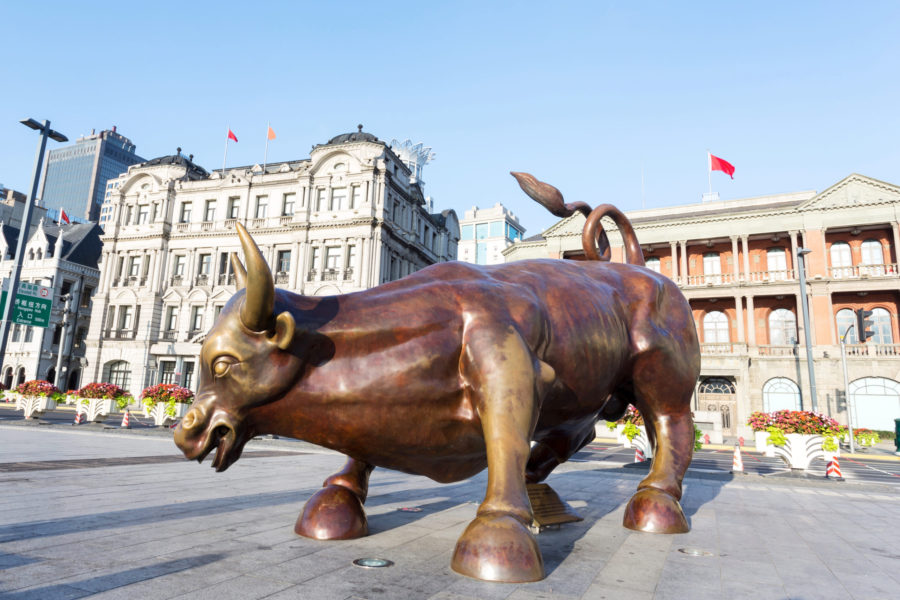Report: Iron ore price at $90 in December and widening surplus to at least 2018

A new report by Morgan Stanley forecasts that the supply of seaborne iron ore – currently just above 1 billion tonnes per year – will grow 9.1% in 2013, overwhelming demand and pushing the market for the steelmaking raw material into bear territory.
According to the investment bank demand will rise 8.3% in 2013 with the market moving into a surplus next year.
Morgan Stanley predicts oversupply will gradually increase until at least 2018 as expansion in Australia’s Pilbara from Rio Tinto (LON:RIO), BHP Billiton (LON:BHP), Fortescue Metals (ASX:FMG) and Hancock Prospecting, and new mines in Brazil built by number one producer Vale (NYSE:VALE) come on stream.
Prices will slump as much as 34% to $90 a tonne by the end this year, according to the median of seven analyst estimates compiled Bloomberg.
Morgan Stanley is just the latest voice in a rising chorus of market watchers seeing a bear market in iron ore on the horizon.
Last week China’s powerful central economic planning agency also predicted an emerging surplus this year.
China’s steelmakers are responsible for more than 60% of global iron ore consumption and the country’s crude steel production is expected to increase only 4% compared to 2012 and iron ore demand to rise by 50 million tonnes.
This would not be enough to offset domestic Chinese iron ore supply rising by 20 million tonnes and the industry’s big three miners adding a combined 100 million tonnes says the agency.
The iron ore price is holding up surprisingly well considering the dire predictions.
The benchmark CFR import price of 62% iron ore fines at China’s Tianjin climbed $0.30 on Thursday to $135.90 and has been holding steady around these levels following a pullback from 16-month highs reached in February.
The price of iron ore is also still up over 55% up from three-year lows reached in September.
{{ commodity.name }}
{{ post.title }}
{{ post.date }}




Comments